The new Honda e electric car is tech central for drivers and passengers
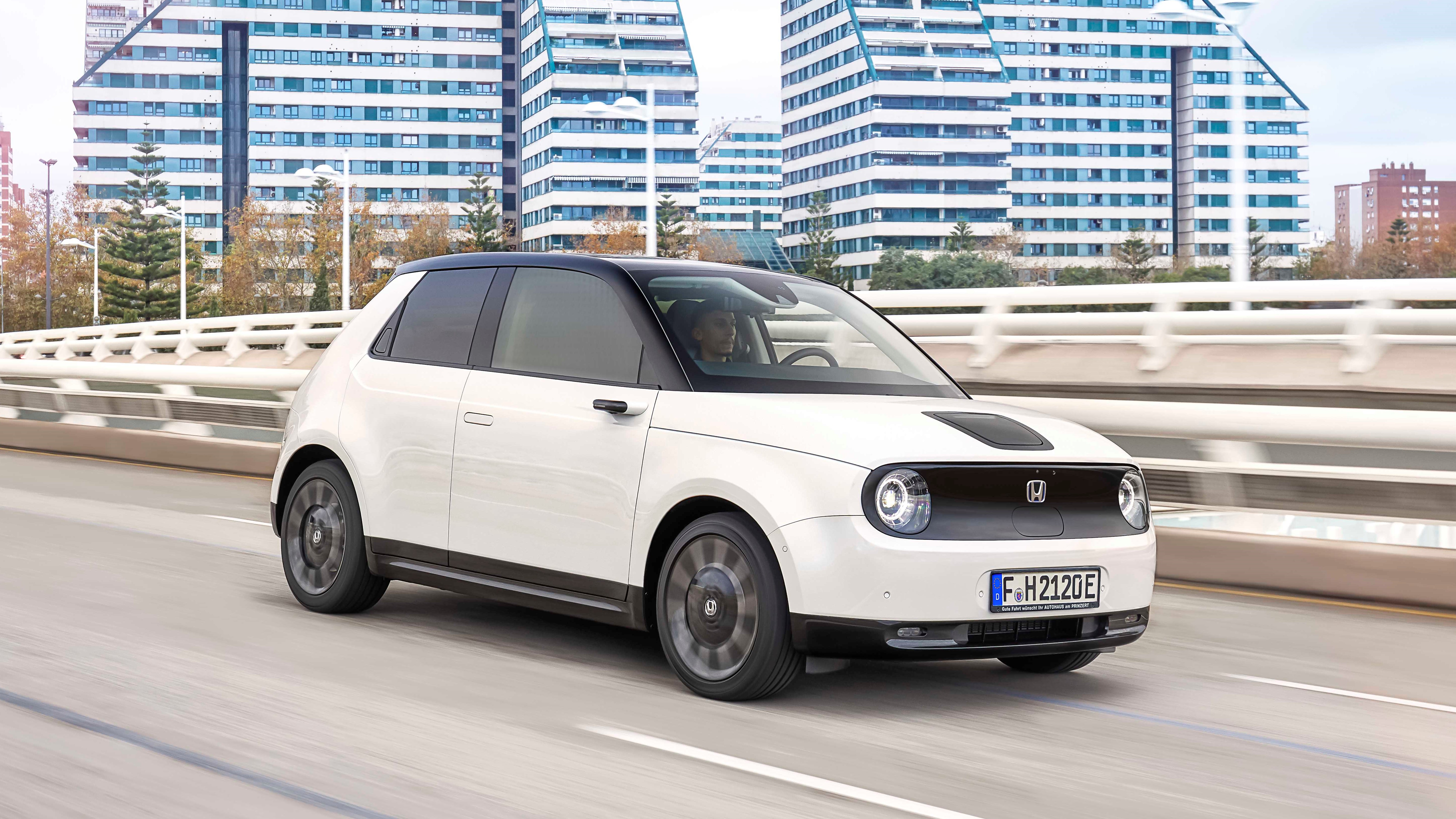
Honda’s non-sports car models get a bit of a bad rap for being boring. However, the long-awaited Battery Electric Vehicle (BEV) that is the Honda e is anything but dull. Better still Honda has pretty much stuck to its promise of not changing much since the city car design first appeared as a prototype showstopper.
But, while we’ve all spent plenty of time looking at it, and debating the merits or otherwise of its digital dashboard extravaganza, not many people have driven the Honda e. Now though, TechRadar has done just that.
First impressions
Driving the car in the wake of Spain’s ferocious storm Gloria actually turned out to be pretty ideal for experiencing the many different facets of the Honda e. Any worries about those digital door mirror cameras being affected by rain dissipated quicker than the storm clouds once we got on the road.
Cleverly, Honda has managed to develop a camera and housing in each that prevents water droplets forming right where you’d expect it, over the lens.

Honda wanted us to sit through a video, shown on the dashboard screen naturally, in order to get familiarized with what could be perceived as a busy set of interior features.
However, there’s not actually all that much to it. Foot on the brake, press Start, select drive and off you go. The Honda e moves off silently and you’re on your way. Once you’ve got acquainted with it the car does have the option for changing the level of battery regeneration, but if you're not fussed it just goes. Simple as that.
Exterior finish
Compared to the prototype the Honda e is certainly practical and ideally suited to the job in hand, which is essentially living life as a city car. It’s got four doors and an admittedly fairly small bootspace under the hatchback of just 171-litres. The rear seats do fold down though. Smooth lines dominate the overall look, which is further complimented by the svelte digital camera door mirrors and flush-fit door handles.
Sign up for breaking news, reviews, opinion, top tech deals, and more.
Due to rules and regulations some of the cool show car stuff is gone but, in essence, the look is still very much there. Honda also has a range of cool colours to add a touch of zing. Platinum White Metallic shows off the black accents and trim features of the car but the darker shades work too. There’s even a Charge Yellow if that’s your thing, while our choice would be the tasty Crystal Blue Metallic.
Interior flourishes
It’s perhaps the interior, or more specifically that dashboard which has attracted most attention when it comes to the Honda e. It divides opinion, but the reality of driving a car like this with, seemingly, lots going on and plenty of potential distractions, doesn’t pan out quite like that. When you’re moving there’s a lot you won’t and can’t use. Wanna do some gaming or watch Netflix? Well you can’t unless the parking brake is applied.
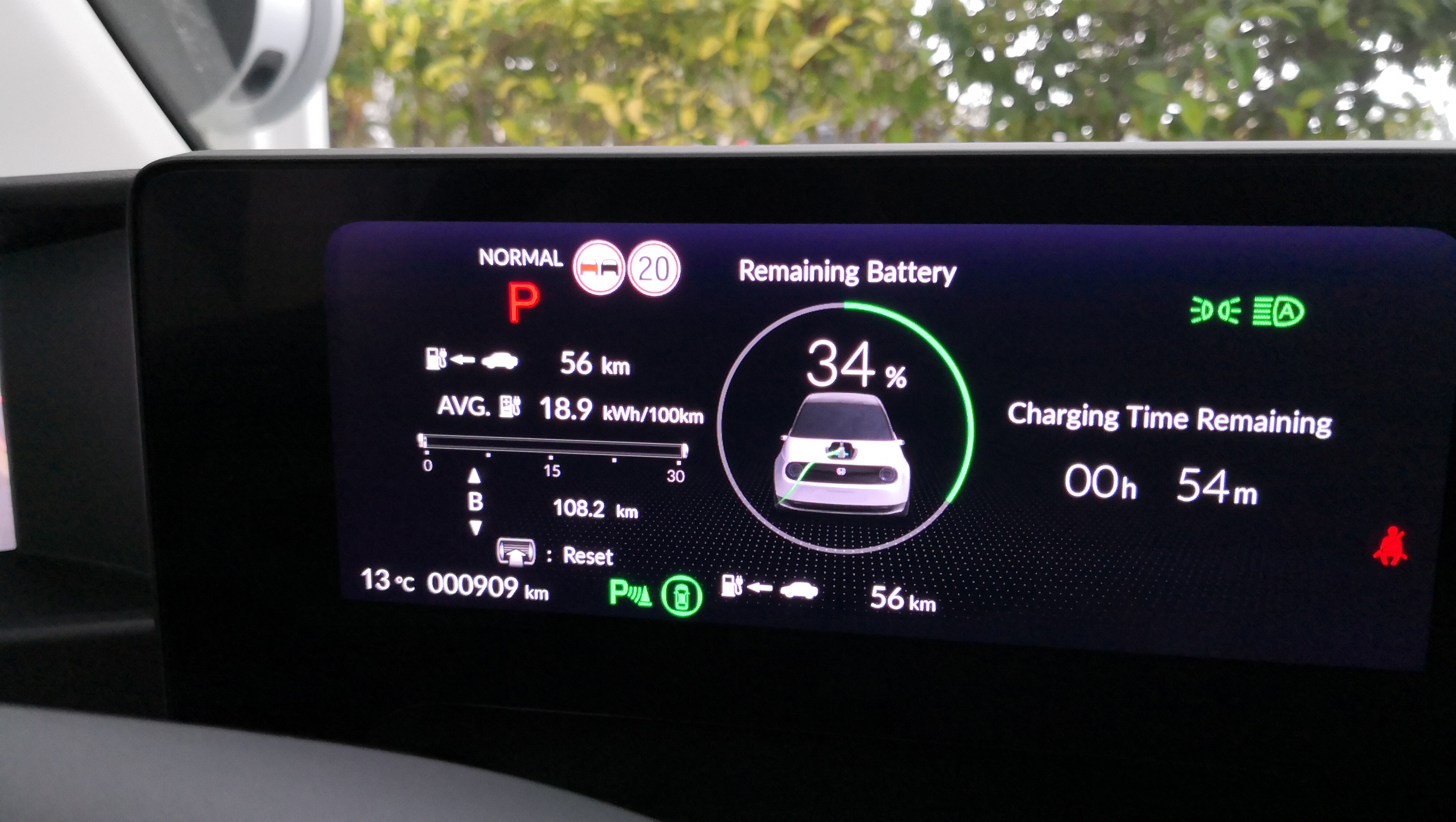
Once you're stationary, however, the Honda e turns into a veritable entertainments centre, with connectivity that not only includes the usual USB ports front and rear, but also an HDMI port, 12V power and a 230V (1500W max) mains plug socket. Our European car had a two-pin one, but buyers in the UK will get a three-pin. That means you can get your Playstation or Xbox set up in there. Turn on the Wi-Fi hotspot in the Advance model and you can game online.
The trim is simple but effective. It’s a combination of the love-it-or-hate-it faux wood on the dashboard, plastic and material on the seat covers and door cards that feel like the best bits of a DFS showroom.
Our model also had brown seatbelts. We don't want to sound negative though, because to us it works a treat. More importantly, it gives the Honda e an identity over other cars that often drown in a sea of mundane black plastic. Again, it ain’t dull that’s for sure.
Features and functionality
There’s a lot of tech packed into the Honda e, both inside and out. With a price tag (including the £3,500 government grant in the UK) of £26,160 (about $34,000, AU$50,000) for the basic e model and £28,660 (about $24,000, AU$36,000) for the Honda e Advance it seems worth going for the model with the better specification.
Why? Well, it does add real value, particularly if you like your tech. Both models come with the side camera mirror system, Honda’s Sensing suite of driving aids, rear view camera, heated front seats plus a panoramic glass roof and adaptive cruise control.
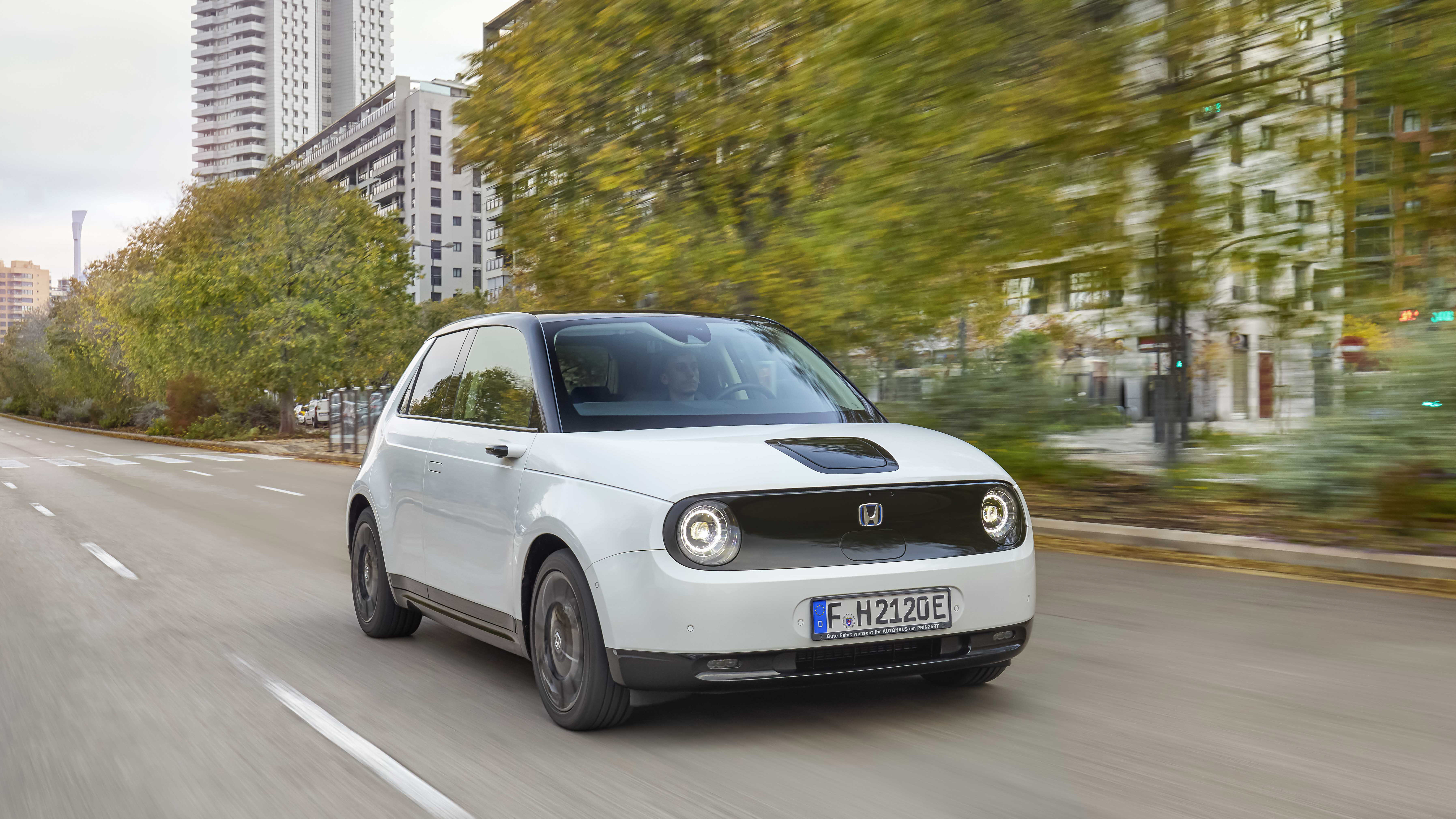
However, the Honda e Advance gets you a centre camera mirror system, heated steering wheel, automatic parking, a beefed up audio experience along with blind spot information and a heated front windscreen.
There’s also the option of 17-inch alloys over the 16-inch standard offerings, although that reduces the range of the car from 136 miles to 127. In addition, Honda is making its newly developed home chargers available as part of the package for added convenience.
Dashboard drama
The much talked about dashboard is basically divided up into segments, so either side of the digital mirror screens at each end you get a driver display plus two screens supplemented with digital buttons.
On paper that sounds a bit chaotic, but it all kinda works. Chances are you’ll be happy with a lot of the more obvious options, such as using the Music app, or connecting your phone, although there is much more to discover.
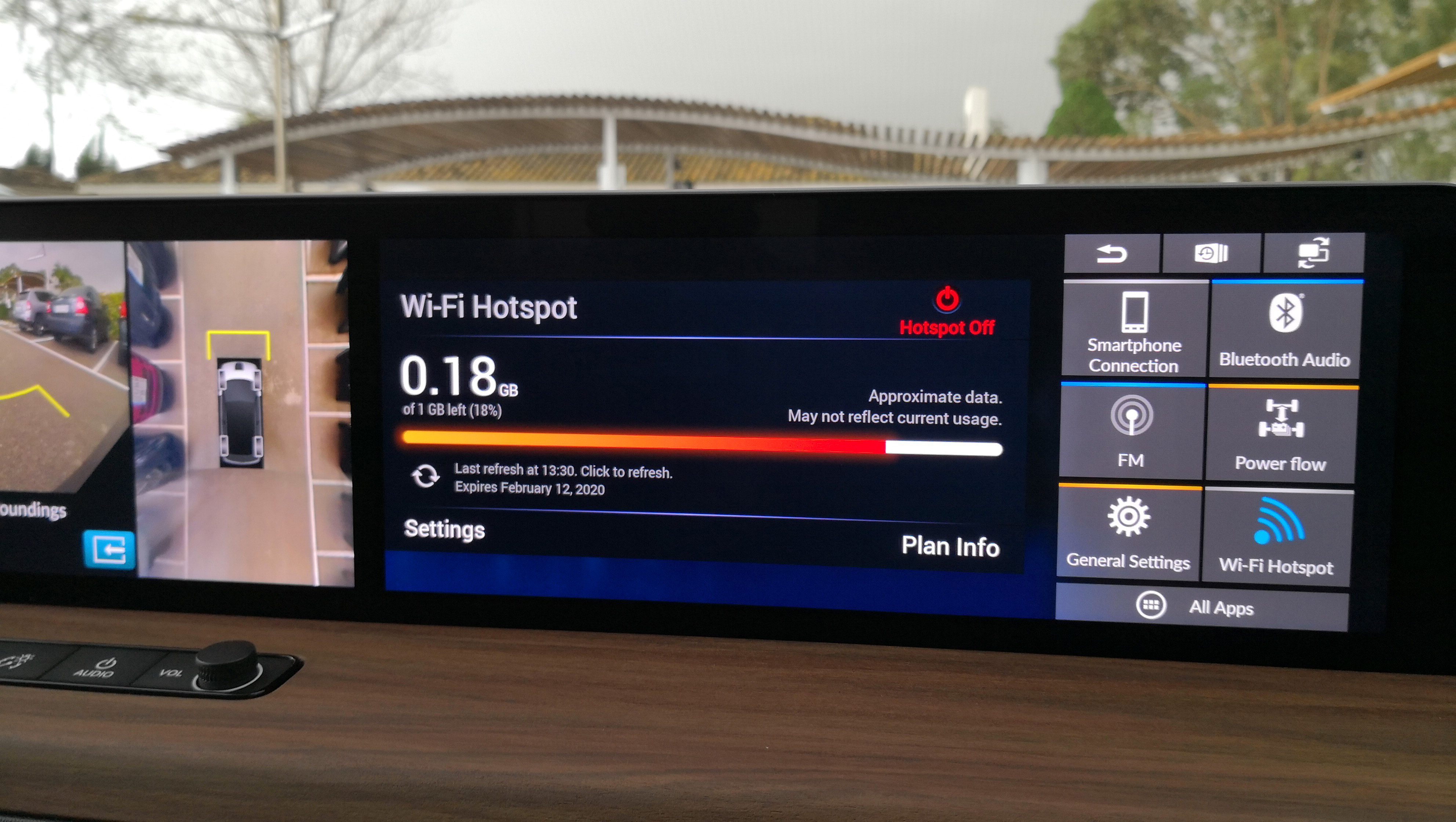
Honda also has its Personal Assistant, which can be tapped up via the dashboard array. So far we’ve only ever asked it about the weather, but it will apparently use the power of AI in order to give your daily driving experience the personal touch.
Meanwhile, the Honda+ app will, once final testing has been completed, allow you to do all manner of things, from opening and closing the car remotely through to keeping an eye on the all-important charging from afar.
Driving experience
The Honda e is rear wheel drive, and so without the hindrance of front drive shafts also has one of the best turning circles in the business at just 4.3-metres. While it’s not the fastest car on the road, with a top speed of 90 it is fast enough for getting around town. It pulls away with the usual BEV bonus of instant torque, meaning there are no problems getting out at roundabouts and junctions. Even when you’re on the motorway it’ll hold its own well enough.
The best part though is when you get the chance to take it through some turns as the little car feels hunkered down and well balanced. Honda has done a fine job at getting the 50:50 weight distribution spot on, which means the e provides you with plenty of zesty driving moments if you’re on a decent road.
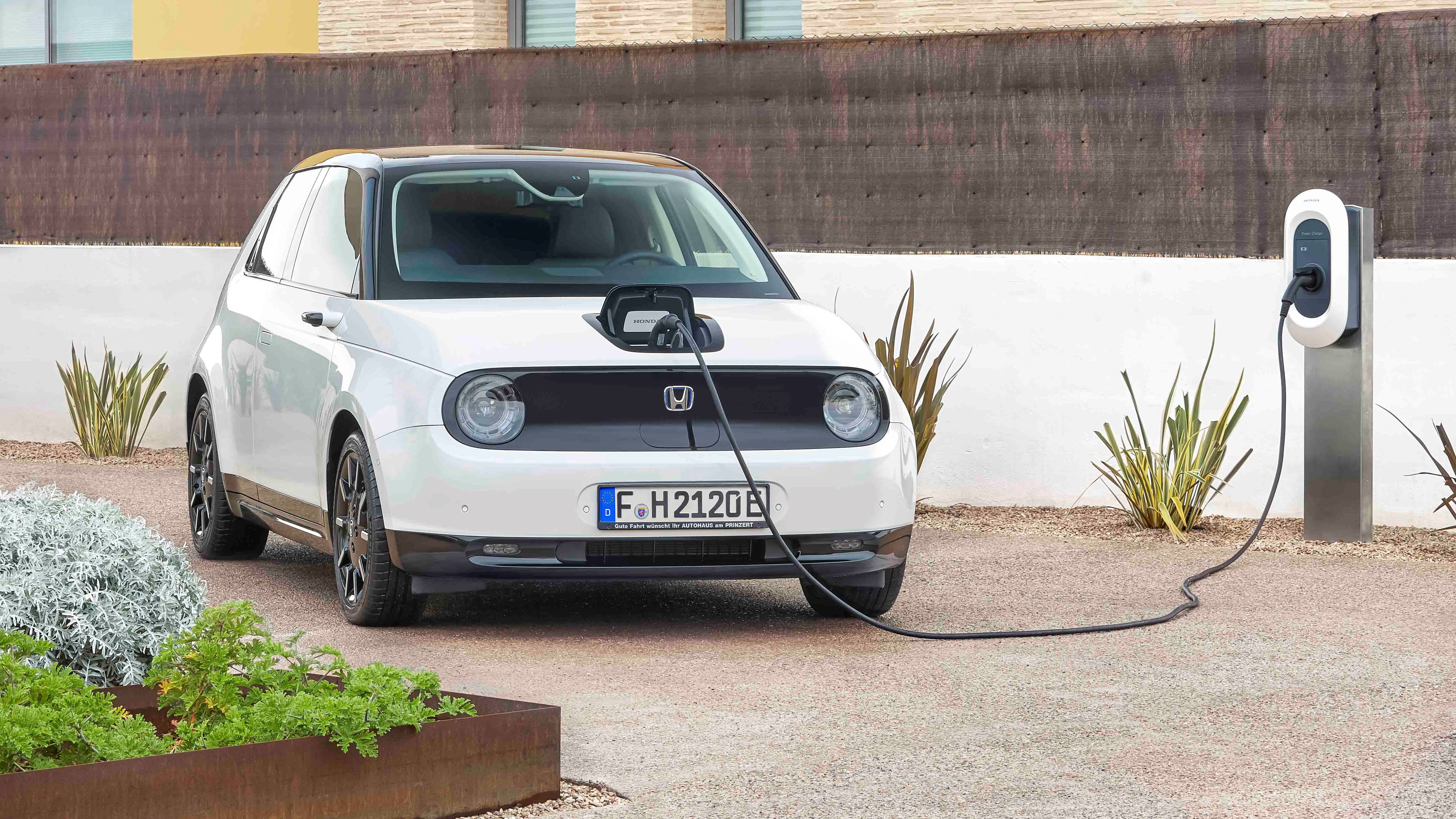
The car is quiet, comfortable and definitely practical. There are even handy dividers in the box between the seats to hold the usual in-car paraphernalia that we’ve all got.
Oh, and there’s a neat little pull-out cup holder at the front of this console, which you can miss if you’re not looking for it.
Once you arrive at your destination then you’ll also be rewarded with the Pro Pilot parking system. Press a button on the dash and the Honda e will find vacant parking spaces nearby. Tap on the one you want and the car will park itself, very neatly too judging by the way the screen displays everything that’s going on. Once it’s snugly inside the lines of your chosen space there’s a really satisfying little chime. Job done.
Overall verdict
The Honda e is everything we expected and more besides. It looks great and definitely isn’t dull but, save for the smallish trunk, is also very practical. You can get an 80% charge in around 30 minutes using a CCS2 DC rapid charger and stream a movie on to the dashboard screen while you wait.
The 137-mile range from the 35.5kWh lithium-ion battery is perfectly fine for what the car has been designed to do so it’s all good really. It’s a talking point too, and how many cars can you say that about these days?

Rob Clymo has been a tech journalist for more years than he can actually remember, having started out in the wacky world of print magazines before discovering the power of the internet. Since he's been all-digital he has run the Innovation channel during a few years at Microsoft as well as turning out regular news, reviews, features and other content for the likes of TechRadar, TechRadar Pro, Tom's Guide, Fit&Well, Gizmodo, Shortlist, Automotive Interiors World, Automotive Testing Technology International, Future of Transportation and Electric & Hybrid Vehicle Technology International. In the rare moments he's not working he's usually out and about on one of numerous e-bikes in his collection.